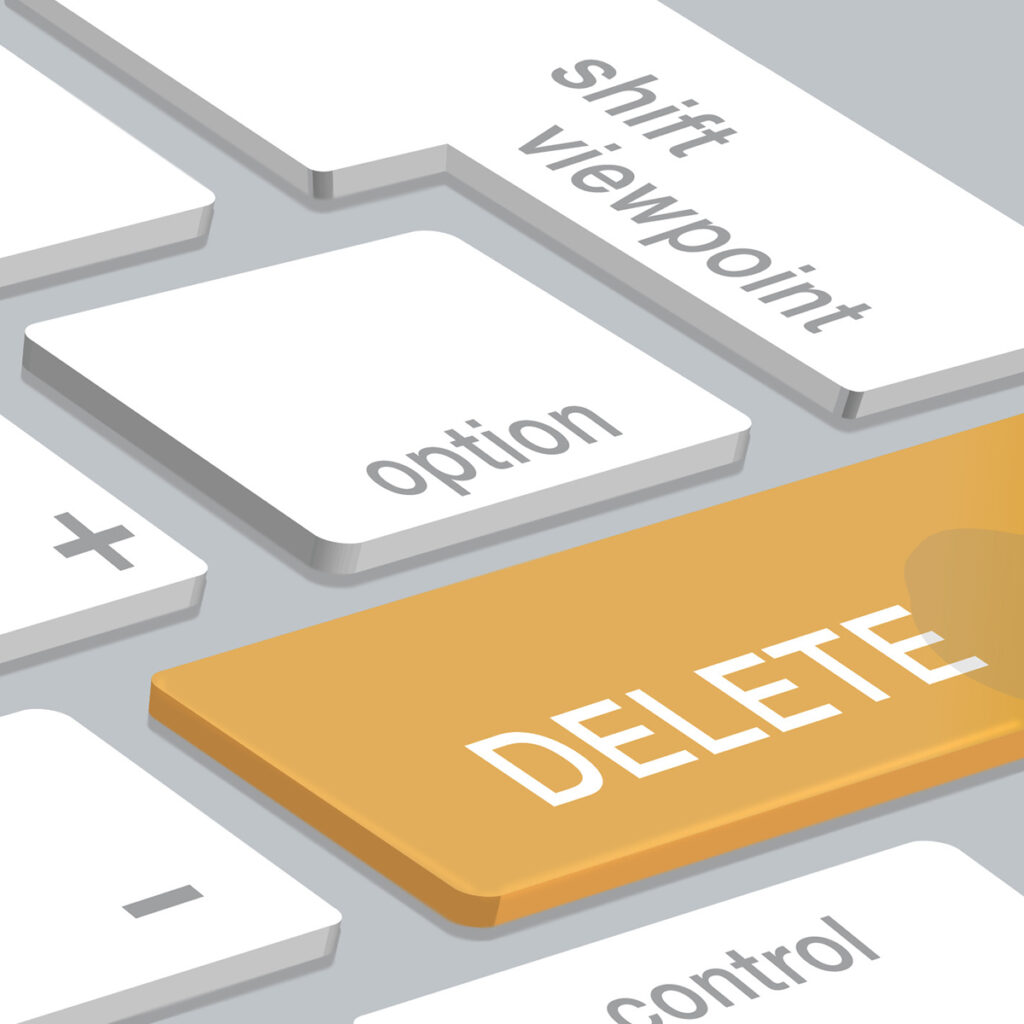
Pondering the great “art and artist” debate and other modern dilemmas.
Okay wasting no time, what’s the issue? “Can we, should we, separate art from the artist” or to spell it out – can the work of a creative person of questionable character still be considered something of merit or should their work be trashed along with their reputations? This tricky conundrum isn’t anything new but it’s becoming more relevant in our worrying Cancel Culture era. Cue dramatic music.
What is Cancel Culture I hopefully hear you ask. Well it’s a contemporary phrase that according to the great oracle, Wikipedia, refers to “a form of ostracism in which someone is thrust out of social or professional circles – whether it be online, on social media, or in person” Those subject to this ostracism by the armchair zealots and kicked into oblivion (often a celebrity) are judged to have acted or spoken in an unacceptable manner and therefore been “cancelled”. It’s no surprise that many consider that Cancel Culture often amounts to little more than online groupthink bullying.
Trigger warnings. Simply thoughtful
Weaponised words alert to injustice
Gender games drawing circles
Preferred pronouns making assumptions
Cancel culture. Create history
Signal virtue, burn the pages
Compelling, ever changing
Contradictions of our times
“Compelling Contradictions” Poem by Lennon
Before I risk my own pending cancellation let’s get back to the central “art and artist” issue and chew over notions of censorship, free speech and rewriting history – all subjects close to dear old Stalin’s heart!
78 years ago George Orwell confronted this thorny issue in his review of Salvador Dali’s first autobiography, Orwell deliberated over and concluded that “One ought to be able to hold in one’s head simultaneously the two facts that Dali is a good draughtsman and a disgusting human being.” All well and good George and I agree with you but where do we draw the line?
Here’s a few thoughts stolen from the internet….
“I don’t throw the baby out with the bath water. If someone is talented, I appreciate their skill. It doesn’t mean I want to invite them to dinner and be best friends.
“Knowing that a flower arose from dirt doesn’t stop you from admiring its beauty.
“I usually don’t know anything about the author. Don’t really care about their personal life – just want the book to be good!!”
“Political views – that’s a personal issue and if it does not seep into their writing, fair enough, but again I don’t personally want to support someone who is for example racist, homophobic, or misogynistic.”
“I dislike cancel culture, but I’m not big on supporting people who are violent or hold really extreme views.”
“Pretending that a culturally and/or aesthetically significant work of art has suddenly lost all its artistic merit because the artist turned out to be a shitty person is nothing short of intellectual dishonesty and pompous hypocrisy.”
“All creatives are fallible and the imperfect nature of our humanity leads to eventual disappointment. Perhaps we must begin to label the works genius rather than the creators of them”
“If I find out someone is like a domestic abuser or something like that, I’m not going to support their career.”
I realise there’s no singular answer to this challenging question, it’s a subjective issue and not an objective one. Clearly there are many different facets to the argument but reading through this cross section of opinions, it appears that the discerning public are generally willing to separate ‘art and artist’ but have their personal red line which they will not cross. Okay so it’s up to us to determine right or wrong and not blindly follow the herd but, (there’s always a but) I would offer one caveat,…if you choose to continue to appreciate art created by these flawed creatives, try and gain an understanding of their moral crime and the context before making the decision.
Kick over the statues
On a similar note, recently history has been subject to some severe editing; statues of people once lauded but now vilified have been torn from their plinths, vandalised, mutilated and in the case of slave trader Edward Colston roughly chucked into the Bristol harbour to the delight of the gleeful crowd. To me, this public theatrical frenzy conjures up worrying visions of Nazi book burning. l fear the slippery slope that this form of intolerant protest lets loose. For good or bad these public sculptures are part of our history and can serve as a lasting reminder not to repeat the sins of the past. Sanctimonious sounding sermon over.
Down in amongst the streets tonight
Books will burn, people laugh and cry in their turmoil
Shed your fears and lose your guilt
Tonight we burn responsibility in the fire
“Funeral Pyre” The JAM
Tearing down public statues often signifies a regime change, there are plenty of examples: the iconic image of US troops toppling a statue of Saddam Hussein by tying it to an armoured vehicle. The Taliban reducing the 1,400-year-old Bamiyan Buddhas to rubble for being non Islamic in 2001. However, these acts are nothing new, it echoes a tradition that goes way back in history to early civilisations. Archaeology shows that the representation of people and ideas through history has always been strongly linked to racism, nationalism, and xenophobia. Just like protesters today, ancient cultures altered their political present by changing how they present their past. Oh dear, It’s a worry.
The first act of freedom
All over the world
Is to topple the statues
Kick the bosses over
“Kick over the statues” The REDSKINS

